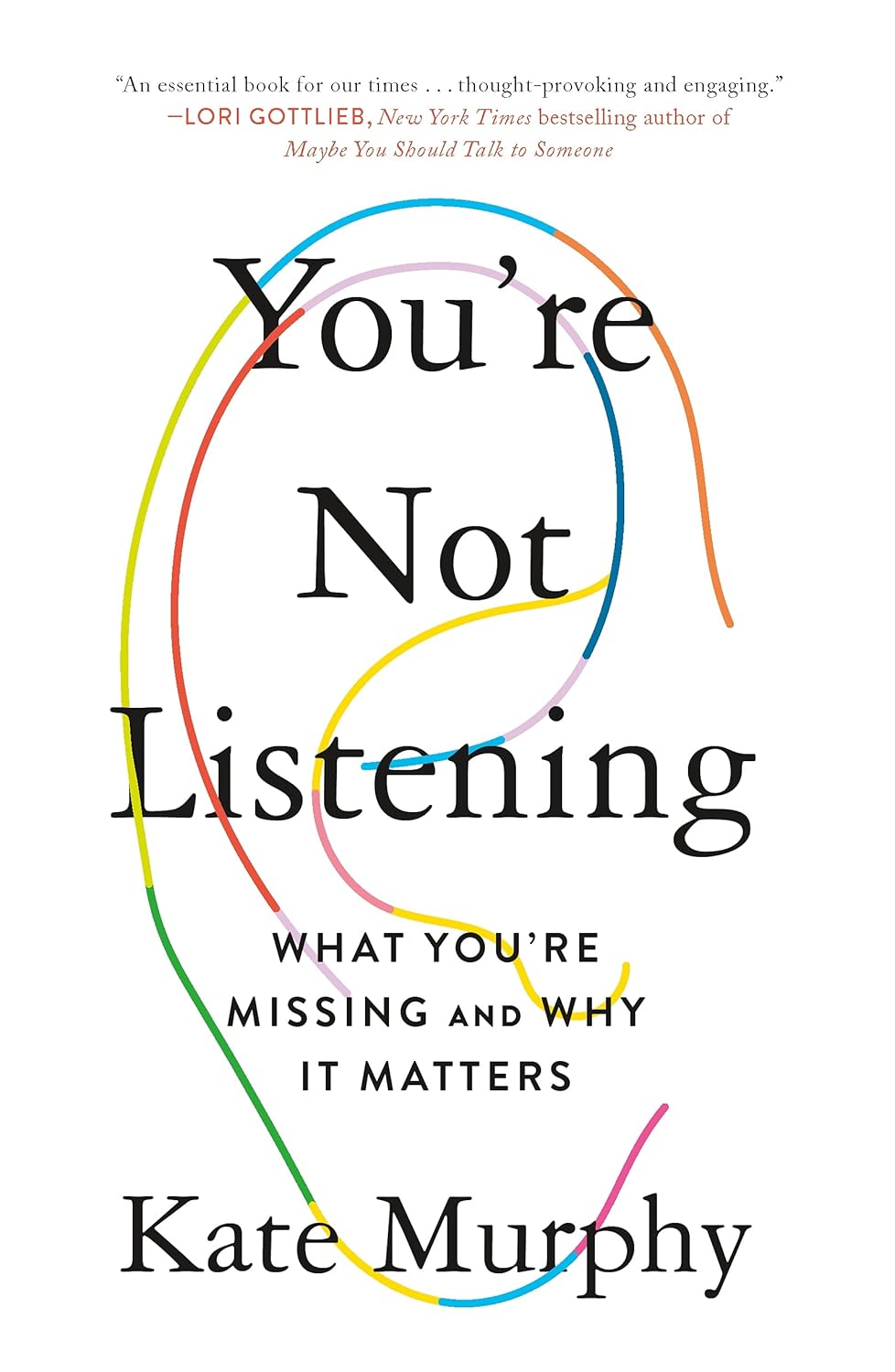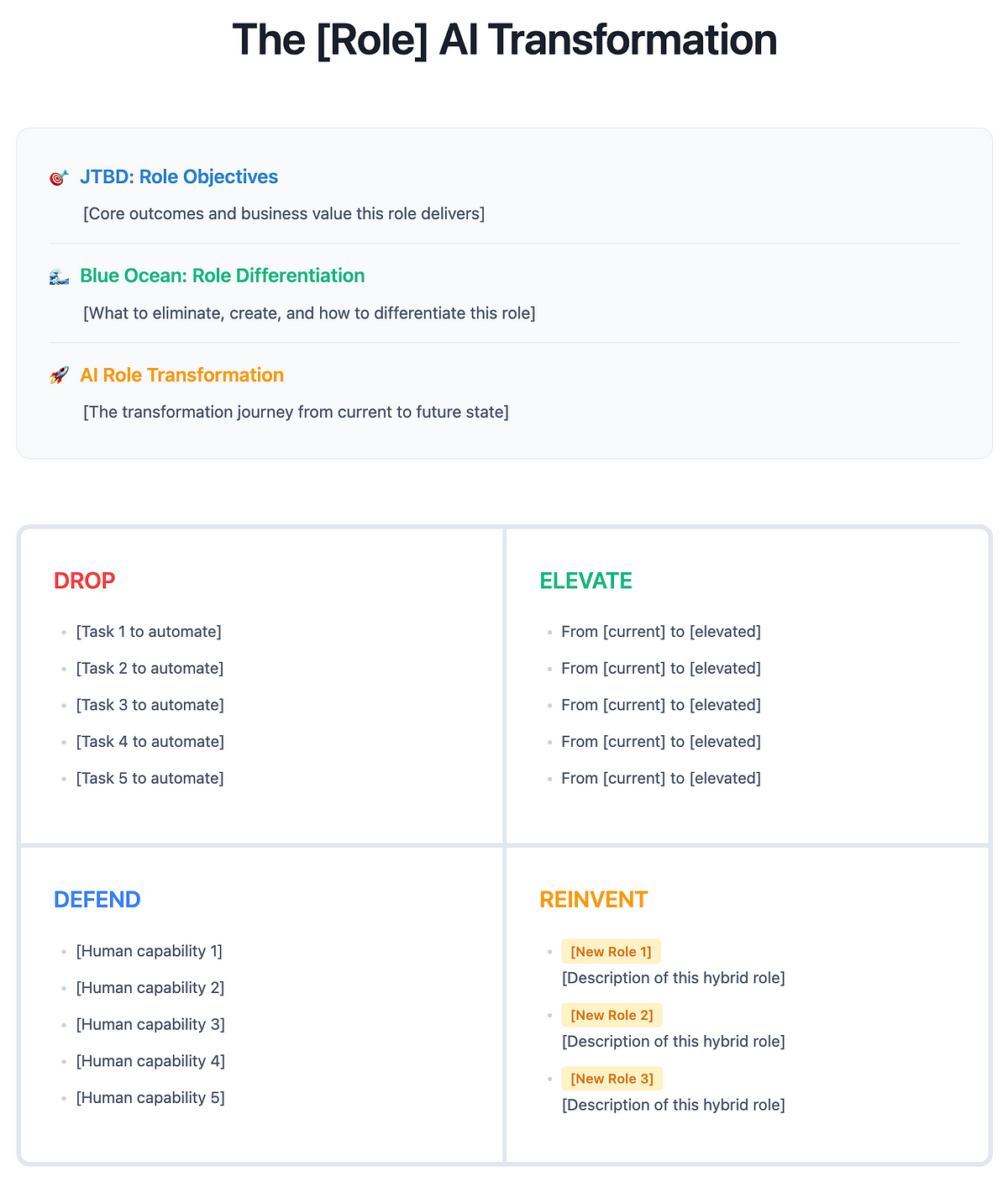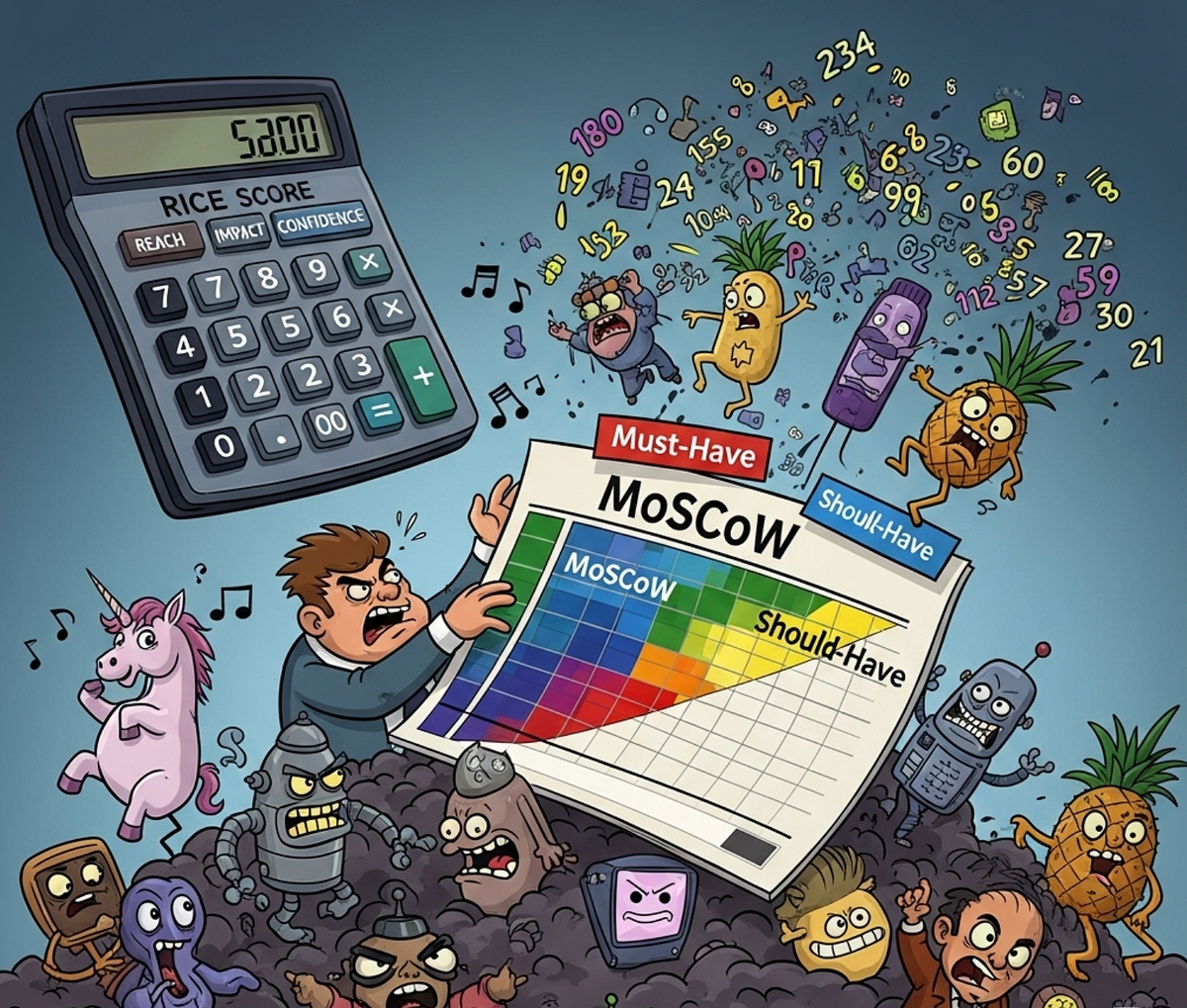Retinal Disease Therapeutics Market: An Industry Overview
Data Bridge Market Research analyses that the retinal disease therapeutics market which was USD 12.57 billion in 2022, would reach up to USD 25.69 billion by 2030, and is expected to undergo a CAGR of 9.3% during the forecast period. “Macular degeneration” dominates the disorder segment of the retinal disease therapeutics market owing to the higher prevalence. In addition to the insights on market scenarios such as market value, growth rate, segmentation, geographical coverage, and major players, the market reports curated by the Data Bridge Market Research also include depth expert analysis, patient epidemiology, pipeline analysis, pricing analysis, and regulatory framework.
Introduction
Retinal diseases market affect the light-sensitive tissues at the back of the eye, leading to impaired vision or complete blindness. These diseases include age-related macular degeneration (AMD), diabetic retinopathy, retinal vein occlusion, retinitis pigmentosa, and others. Retinal disease therapeutics involve a range of treatments, including anti-VEGF injections, corticosteroids, laser therapy, and emerging gene and cell therapies. These treatments are essential to managing vision loss and preserving quality of life for millions of patients worldwide.
Market Size
Data Bridge Market Research analyses that the retinal disease therapeutics market which was USD 12.57 billion in 2022, would reach up to USD 25.69 billion by 2030, and is expected to undergo a CAGR of 9.3% during the forecast period. “Macular degeneration” dominates the disorder segment of the retinal disease therapeutics market owing to the higher prevalence. In addition to the insights on market scenarios such as market value, growth rate, segmentation, geographical coverage, and major players, the market reports curated by the Data Bridge Market Research also include depth expert analysis, patient epidemiology, pipeline analysis, pricing analysis, and regulatory framework.
For more information:
https://www.databridgemarketresearch.com/reports/global-printing-services-market
Market Trends
Anti-VEGF (vascular endothelial growth factor) therapy continues to dominate the retinal disease therapeutics landscape. Drugs like Lucentis (ranibizumab), Eylea (aflibercept), and Beovu (brolucizumab) are standard treatments for AMD and diabetic macular edema (DME). The trend is moving toward long-acting formulations that reduce the frequency of injections. Port delivery systems and sustained-release implants are being developed to enhance patient compliance and outcomes.
Gene therapy is gaining momentum, particularly for inherited retinal diseases like Leber congenital amaurosis and retinitis pigmentosa. Luxturna, approved by the FDA in 2017, marked the beginning of gene therapy's commercial journey in retinal treatment. Research into CRISPR-based therapies and optogenetics is expanding the potential of personalized retinal care.
Artificial retina and retinal implants are becoming a promising trend in managing end-stage retinal diseases. Although still in early stages, these technologies show promise in restoring partial vision for those with severe visual impairment. Several startups and academic institutions are driving innovation in this segment.
Teleophthalmology is rising in importance. With increasing emphasis on remote care, retinal imaging and AI-assisted diagnostics are improving accessibility and early detection in underserved populations. This digital shift is transforming traditional patient management models.
Market Share
North America holds the largest share of the retinal disease therapeutics market, accounting for over 40% of the global revenue. This dominance is attributed to advanced healthcare infrastructure, a high prevalence of diabetic patients, and extensive R&D activities. Europe holds around 25% market share, driven by aging populations and established pharmaceutical industries in countries like Germany, France, and the UK.
The Asia-Pacific region is witnessing the fastest growth due to the rising diabetic population, increasing awareness, and improving healthcare facilities. China and India are emerging as key markets due to their large patient pools and expanding access to retinal treatments.
Major players include Roche (Genentech), Regeneron Pharmaceuticals, Novartis AG, Bayer AG, AbbVie (Allergan), and Bausch + Lomb. These companies dominate the market with strong portfolios of anti-VEGF drugs, clinical trial pipelines, and global distribution networks. Smaller biotech firms are also gaining recognition for pioneering novel therapies in gene therapy, stem cells, and sustained drug delivery systems.
The Evolution
Retinal disease therapeutics have evolved significantly over the last two decades. Early treatments were limited to laser photocoagulation, which only slowed vision loss without restoring function. The introduction of anti-VEGF therapies in the early 2000s transformed the standard of care by offering meaningful visual improvements for patients with AMD and DME.
Over time, the number of anti-VEGF agents increased, providing better safety profiles and longer durations of action. The focus shifted toward improving convenience, minimizing treatment burden, and enhancing efficacy. Clinical trials began exploring combination therapies and new delivery routes to reduce injection frequency.
The approval of gene therapy and the development of cell-based approaches marked a shift toward regenerative treatments. These therapies aim to correct the underlying genetic causes of vision loss, moving from symptom management to disease modification. Advances in molecular biology, bioengineering, and imaging technologies have driven this evolution.
Digital health technologies, particularly AI-based retinal screening tools, have changed how diseases are diagnosed and monitored. These tools allow early detection, timely intervention, and better patient engagement.
Market Trends (Reinforced)
Combination therapies are gaining popularity. Clinicians are exploring the use of corticosteroids with anti-VEGF agents for patients who respond poorly to monotherapy. This strategy is being tested in clinical trials to address treatment-resistant cases more effectively.
Biologics with longer durability are in demand. New molecules aim to extend dosing intervals from monthly to every three or four months. Faricimab, for instance, offers dual inhibition of VEGF and Ang-2 pathways, improving vascular stability and potentially reducing treatment frequency.
Biosimilars are entering the market. With patents expiring for blockbuster drugs like Lucentis and Eylea, biosimilar competition is expected to increase. This will likely lead to reduced treatment costs and improved affordability, especially in low- and middle-income countries.
Home-based care models are gaining traction. Devices for self-monitoring and home delivery of medications are emerging, driven by the pandemic’s lasting effects on in-person healthcare access. Patients with chronic conditions can now receive more frequent monitoring without visiting clinics.
Patient-centric care is becoming a priority. Pharmaceutical companies are investing in patient education, support programs, and apps to improve treatment adherence and outcomes.
Factors Driving Growth
Aging population is a major growth driver. With age being a significant risk factor for conditions like AMD, the increasing global elderly population contributes directly to rising demand for retinal therapeutics.
Growing prevalence of diabetes fuels demand. Diabetic retinopathy and DME are among the leading causes of vision loss among working-age adults. As global diabetes rates climb, so does the demand for effective retinal treatments.
Technological advancements in drug delivery improve outcomes. Innovations like refillable implants, nanoparticle carriers, and hydrogel-based systems are extending drug release durations and reducing the need for frequent interventions.
Rising healthcare spending, especially in emerging economies, is improving access to advanced retinal treatments. Government support, healthcare reforms, and international aid are increasing the availability of retinal care in underserved regions.
Increased awareness and early diagnosis support growth. Public health campaigns, vision screening programs, and primary care integration are helping to identify retinal diseases early, when interventions are most effective.
Clinical pipeline expansion ensures continued innovation. Ongoing research in gene editing, regenerative medicine, and immune modulation is creating a rich development pipeline. Multiple promising candidates are in phase II and III clinical trials.
Browse Trending Reports:
Electrical Insulation Tape Market
Agrigenomics for Livestock Market
Composite Coatings Market
Refrigerant Market
Small-Scale Liquefied Natural Gas (LNG) Market
Neural Network Software Market
Emergency Medical Service (EMS) Products Market
Logistics Automation Market
Atomic Layer Deposition Market
Occupational Therapy Market
Automotive Drive Shaft Market
Allograft Market
Contact Us:
Data Bridge Market Research
US: +1 614 591 3140
UK: +44 845 154 9652
APAC : +653 1251 975


































































![https //g.co/recover for help [1-866-719-1006]](https://newsquo.com/uploads/images/202506/image_430x256_684949454da3e.jpg)
























![How Smart PMs Scale Their Careers in Any Org [TPG Live Recap]](https://tpgblog.com/wp-content/uploads/2025/06/2025-06-12-thumbnail-action.png?#)




















































